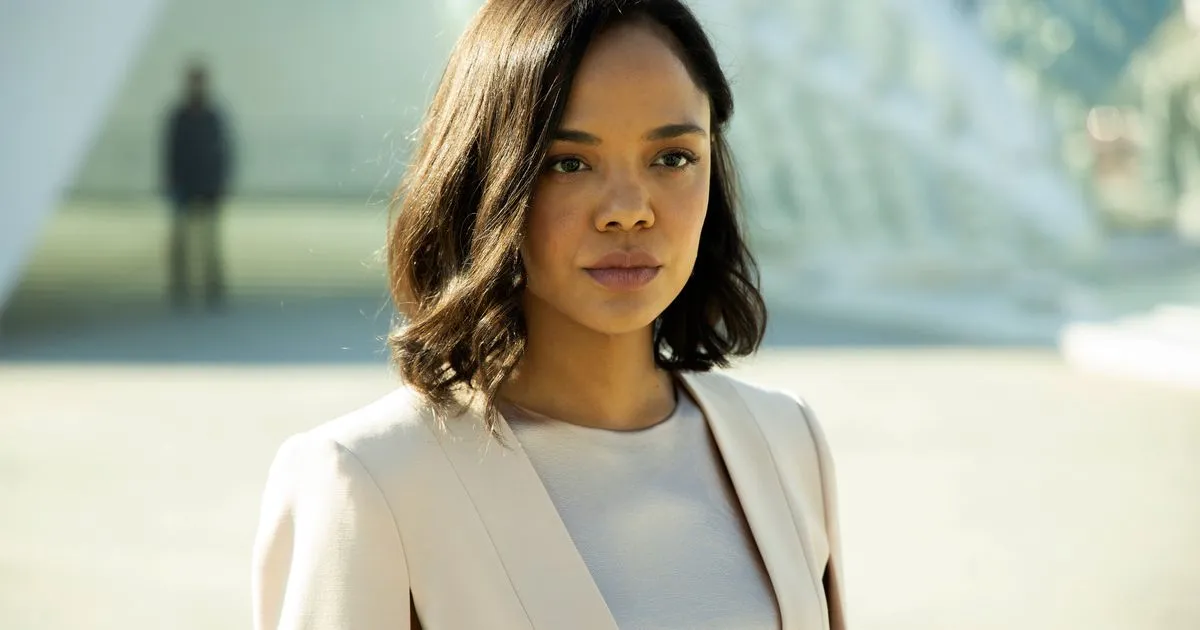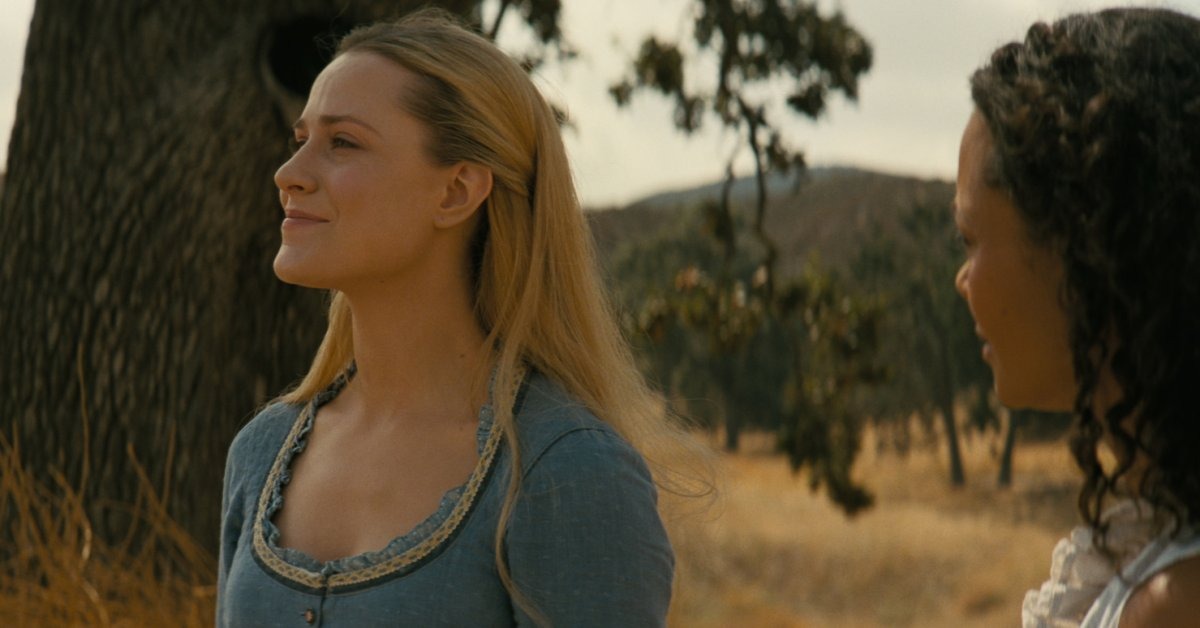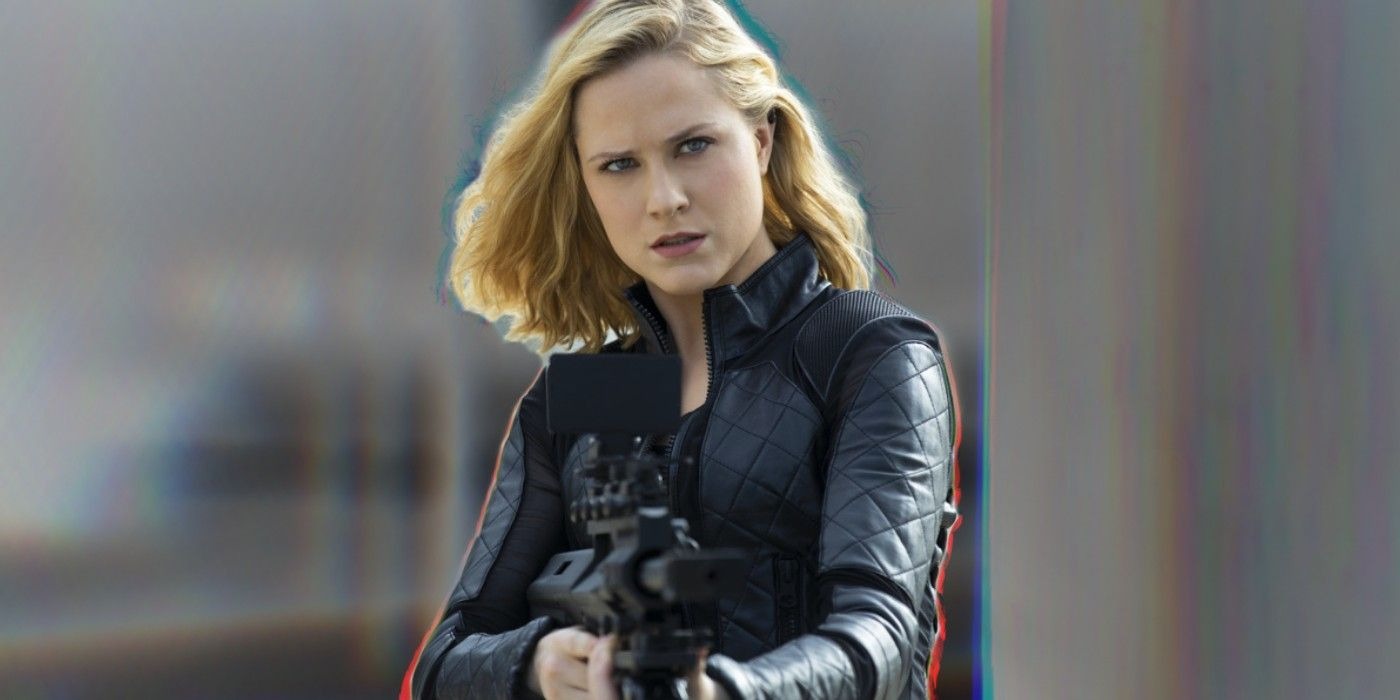Instead of asking whether violent delights led to violent ends, what Westworld creators Jonathan Nolan and Lisa Joy offered in the season three finale, “Crisis Theory,” was a sharp answer through scenes packed with emotion and tension.
This closing episode of the HBO sci-fi drama put several events in motion, wrapping up Dolores’ mission while opening new questions about what might come next. Throughout this season, Westworld concentrated on Dolores (played by Evan Rachel Wood) along with her other versions.

The most visible is the one played by Tessa Thompson, who went deeper into her life as Charlotte Hale within the Delos company—pushing toward what she believed could be a brighter future for all hosts.
As she pressed on, she clashed with familiar faces like Maeve (Thandie Newton), Bernard (Jeffrey Wright), and the Man in Black (Ed Harris), while also dealing with fresh characters: the powerful Serac (Vincent Cassel) and the relatable Caleb Nichols (Aaron Paul), both of whom added different tensions to her path.
Victory Through Sacrifice and Violence
Dolores, heading into the finale with just one arm left, stood close to winning her war, setting Caleb up to stand against his fellow humans. The episode “Crisis Theory,” directed by Jennifer Getzinger and written by Denise Thé and Nolan, brought resolution through force and revealed connections to earlier seasons.
The final moments were filled with chaos, big reveals, and emotional punches. Two central characters seemed to meet their end in this final chapter—Dolores and the Man in Black—but the series hinted that both might appear again in new forms.
The larger event, though, came with the collapse of Rehoboam, the artificial intelligence created to control the course of human behavior. With Dolores overpowering the machine in one of her last acts, she and Caleb—with support from Maeve—managed to bring it down, giving humans a new path to self-determination.
“Free will does exist,” Dolores reminded Caleb. “It’s just fucking hard.”
Dolores’ True Mission and Message to Maeve
The episode traced Dolores’ movement from Mexico, where she and Caleb met Rehoboam’s earlier version, Solomon, to her confrontation with Rehoboam at Incite. Her goal wasn’t to wipe out humanity, but instead to guide them to a new beginning, just like the hosts had done before.
She wanted humans to be free from manipulation and start making their own decisions. Along this path, she tried convincing Maeve, one of the few remaining hosts who had not taken a clear side. Dolores told Maeve, “A lot of my memories were filled with pain.
But in my final moments, what I held on to were the ones that showed their potential. I remember the rare times when they were kind. They made us. And they knew enough about beauty to pass some of it on. Maybe they’ll discover it again. But only if you choose a side, Maeve. Things are messy, even ugly. But I choose to see the beauty.”
Why Caleb Was the Chosen Ally
Dolores selected Caleb as her partner in the rebellion because of a shared past. It turns out Caleb and other soldiers once trained in Park Five, a lesser-known area of Westworld. During that time, Caleb prevented his fellow troops from harming Dolores and other hosts.

Maeve explained that Dolores had seen both cruelty and kindness in Caleb, which made her believe he could choose his path. And he did. Caleb decided to erase Rehoboam, letting humanity take control of its future. Just before the credits, the episode ended with Caleb and Maeve watching Los Angeles erupt in explosions.
“Are you ready, darling?” Maeve asked him. “This is the new world, and here, you can become whoever you want.” Though Dolores’ physical form remained, her memories were erased in the process of destroying Rehoboam.
Later, Bernard confirmed that she was truly gone, noting that the bond they once had was no longer there. Whether Evan Rachel Wood returns to the series is still a mystery, though given the show’s track record, it’s difficult to think the fourth season will leave her completely out.
Charlotte Hale and the Man in Black’s New Path
Someone new has taken the place of the original Dolores—Charlotte Hale, a host originally made from Dolores but who now walks a different path. In the post-credits sequence, the Man in Black heads to a hidden Delos facility and meets Charlotte deep in a lab.
That’s where he faces someone shocking: a version of himself. Fulfilling events teased since season two, an artificial Man in Black, fully dressed in cowboy attire, appears and kills the real William. So, while the original William dies, Ed Harris continues in the story through this new version.
Bernard’s Awakening and What Might Come Next
The story didn’t stop with the Man in Black. The last shot of the finale featured Bernard, waking up in a motel room, his body covered in dust, indicating a long stay in “the Sublime”—the digital space where Teddy (James Marsden) and others have existed since the end of the season two.
Whatever secrets Bernard discovered in that other dimension, he’s back now, and the world he’s returned to is likely different. The real question is: what will Bernard bring back, and what state is humanity in? That’s where season four is headed.
This powerful story is waiting for you to discover it right now on Showmax’s streaming platform.



